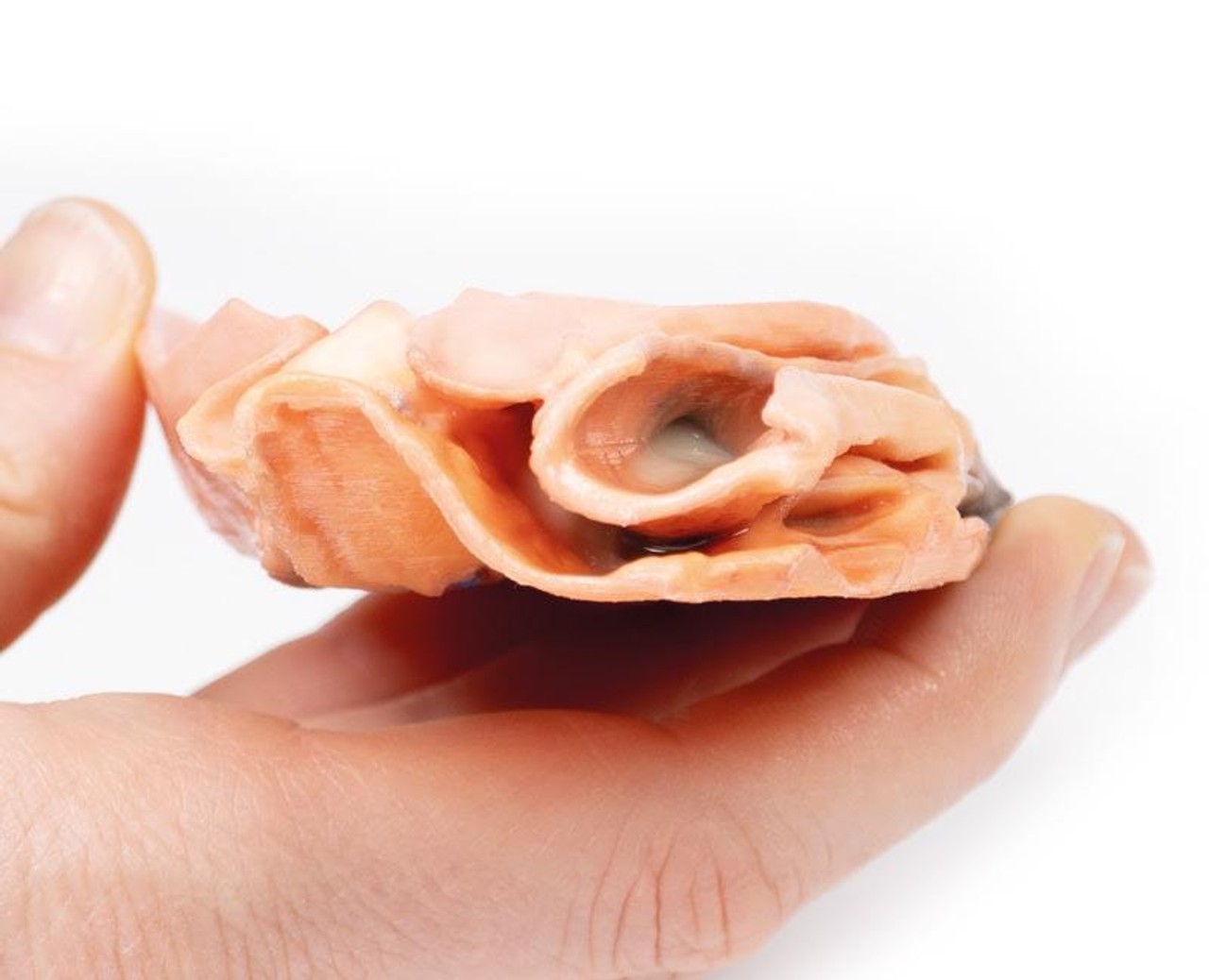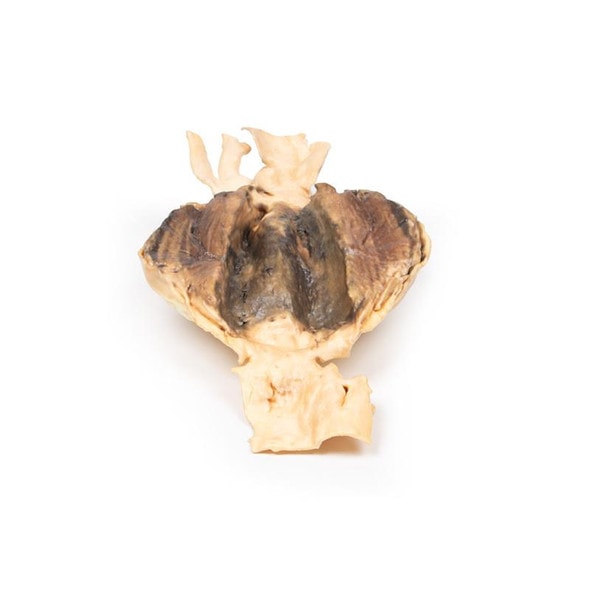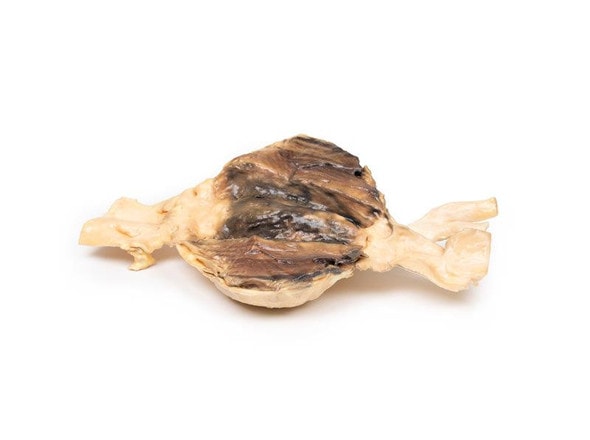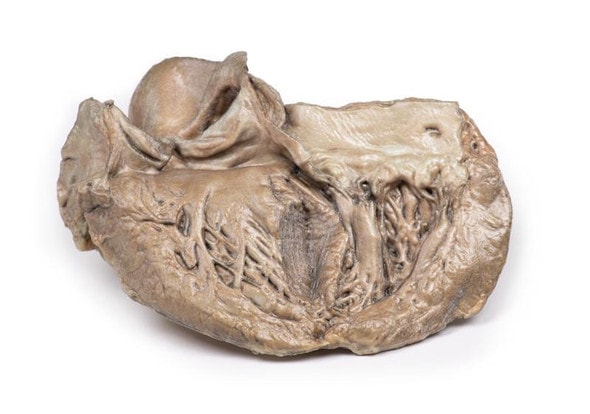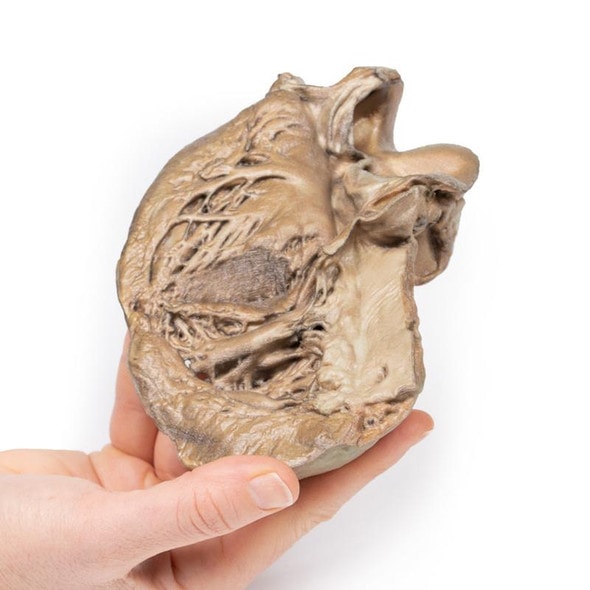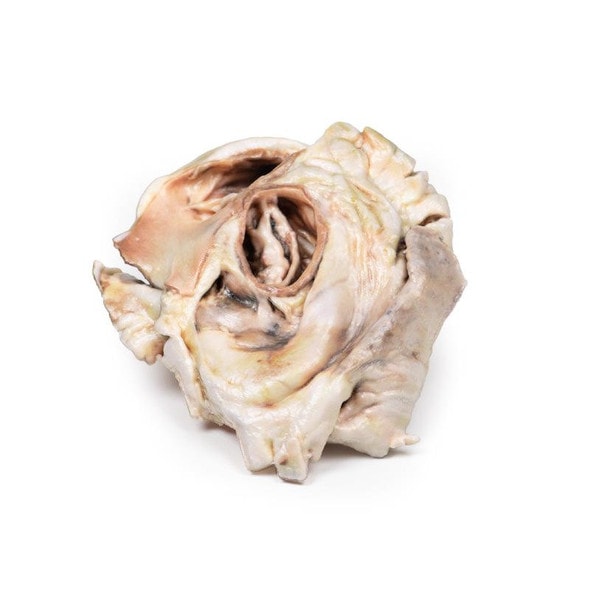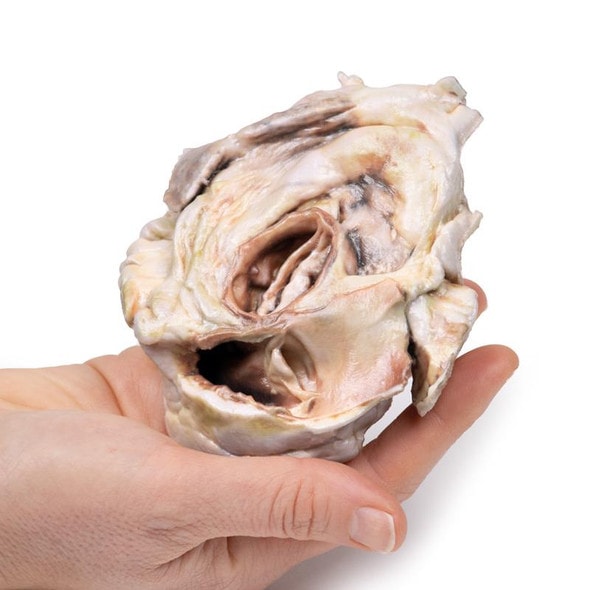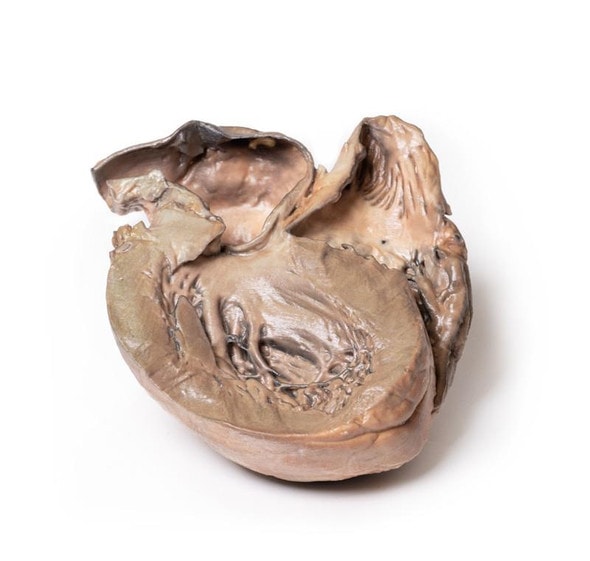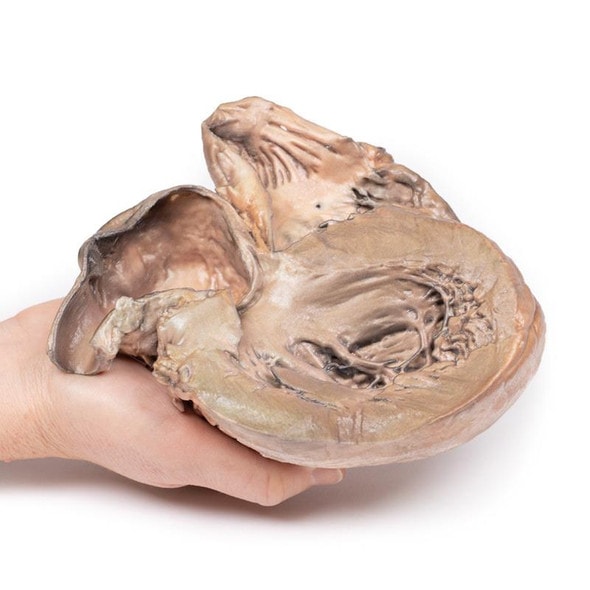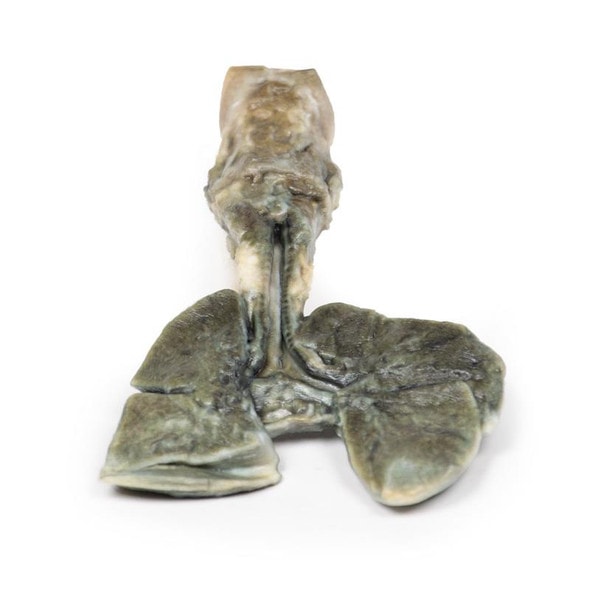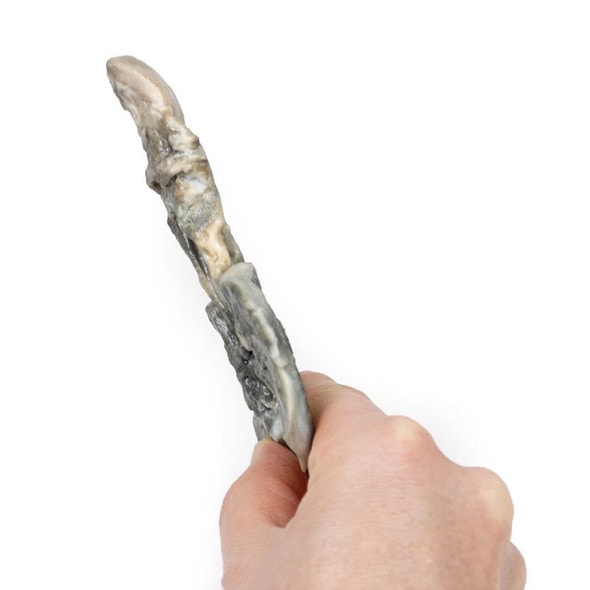Description
Developed from real patient case study specimens, the 3D printed anatomy model pathology series introduces an unmatched level of realism in human anatomy models. Each 3D printed anatomy model is a high-fidelity replica of a human cadaveric specimen, focusing on the key morbidity presentations that led to the deceasement of the patient. With advances in 3D printing materials and techniques, these stories can come to life in an ethical, consistently reproduceable, and easy to handle format. Ideal for the most advanced anatomical and pathological study, and backed by authentic case study details, students, instructors, and experts alike will discover a new level of anatomical study with the 3D printed anatomy model pathology series.
Clinical History
A woman who swallowed a chop bone during lunch collapsed later in the afternoon and suffered a massive hematemesis. At laparotomy, the stomach was filled with fresh blood but the cause was not identified. She died one day later and necropsy revealed a communication between aorta and oesophagus. The stomach was distended with blood and contained a few fragments of bone.
Pathology
The specimen is a block dissection of distal trachea (posterolateral on right margin), aortic arch (opened in coronal plane and viewed from anterior aspect) and oesophagus (posteriorly and opened longitudinally). The oesophageal mucosa is ulcerated and hemorrhagic. A small blue probe identifies a fistula between the oesophagus and posterior wall of the thoracic descending aorta.
Note
While this scenario was a traumatic cause of oesophageal-aortic fistula, it should be noted that there are non-traumatic causes of the same. In fact, these fistulae can be caused by compression of the aorta from an aneurysm, advanced gastrointestinal malignancies or erosion of an aortic graft into adjacent gastrointestinal tract and can occur anywhere along the length of the aorta.
Aorto-enteric fistulas are life-threatening. The most common presentation is gastrointestinal bleeding and can present as either minor bleeding or a large life-threatening bleed that results in hemodynamic compromise. Patients can present with melaena (dark sticky feces containing partly digested blood) or frank bleeding in stools. In smaller fistulas with slow, minor bleeds, patients can present with malaise or ischemia of lower limbs due to less blood flow from the aortic bleed. Other presentations include hematemesis as occurred in this case.
Diagnoses of these fistulas can be difficult, depending on the cause, size and location of the fistula. In a stable patient, endoscopic exploration or CT angiography may be first line options for diagnosis. However, diagnosis in hemodynamically unstable patients is more time critical and may require laparotomy as well stabilization with blood transfusions.
Advantages of 3D Printed Anatomical Models
- 3D printed anatomical models are the most anatomically accurate examples of human anatomy because they are based on real human specimens.
- Avoid the ethical complications and complex handling, storage, and documentation requirements with 3D printed models when compared to human cadaveric specimens.
- 3D printed anatomy models are far less expensive than real human cadaveric specimens.
- Reproducibility and consistency allow for standardization of education and faster availability of models when you need them.
- Customization options are available for specific applications or educational needs. Enlargement, highlighting of specific anatomical structures, cutaway views, and more are just some of the customizations available.
Disadvantages of Human Cadavers
- Access to cadavers can be problematic and ethical complications are hard to avoid. Many countries cannot access cadavers for cultural and religious reasons.
- Human cadavers are costly to procure and require expensive storage facilities and dedicated staff to maintain them. Maintenance of the facility alone is costly.
- The cost to develop a cadaver lab or plastination technique is extremely high. Those funds could purchase hundreds of easy to handle, realistic 3D printed anatomical replicas.
- Wet specimens cannot be used in uncertified labs. Certification is expensive and time-consuming.
- Exposure to preservation fluids and chemicals is known to cause long-term health problems for lab workers and students. 3D printed anatomical replicas are safe to handle without any special equipment.
- Lack of reuse and reproducibility. If a dissection mistake is made, a new specimen has to be used and students have to start all over again.
Disadvantages of Plastinated Specimens
- Like real human cadaveric specimens, plastinated models are extremely expensive.
- Plastinated specimens still require real human samples and pose the same ethical issues as real human cadavers.
- The plastination process is extensive and takes months or longer to complete. 3D printed human anatomical models are available in a fraction of the time.
- Plastinated models, like human cadavers, are one of a kind and can only showcase one presentation of human anatomy.
Advanced 3D Printing Techniques for Superior Results
- Vibrant color offering with 10 million colors
- UV-curable inkjet printing
- High quality 3D printing that can create products that are delicate, extremely precise, and incredibly realistic
- To improve durability of fragile, thin, and delicate arteries, veins or vessels, a clear support material is printed in key areas. This makes the models robust so they can be handled by students easily.




